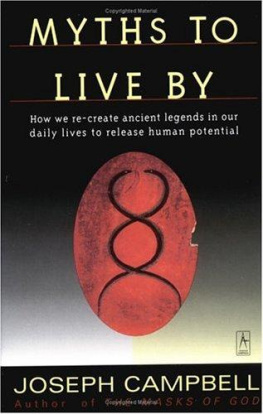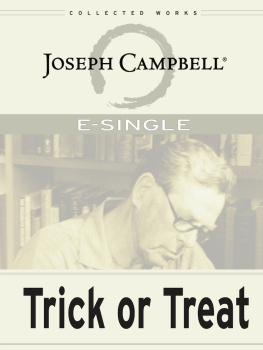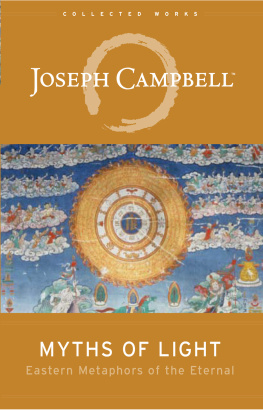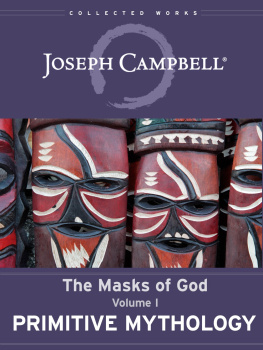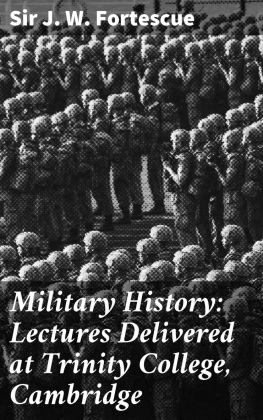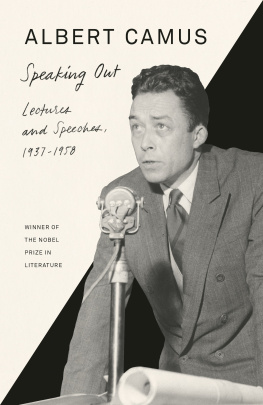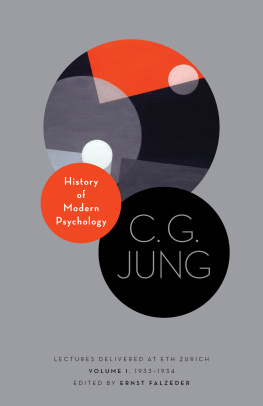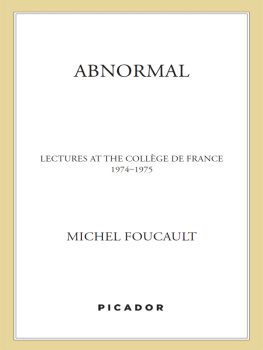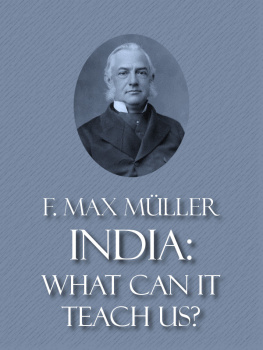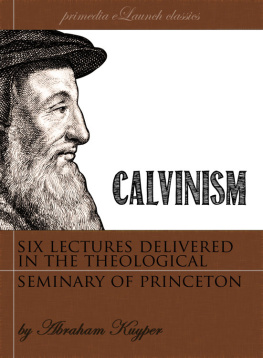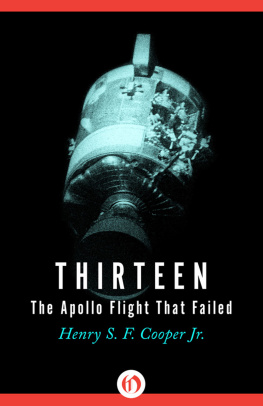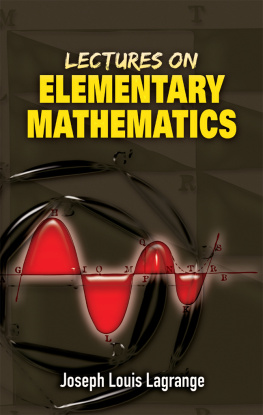Joseph Campbell - Myths to Live By
Here you can read online Joseph Campbell - Myths to Live By full text of the book (entire story) in english for free. Download pdf and epub, get meaning, cover and reviews about this ebook. year: 2003, publisher: Penguin Compass;Arkana, genre: Religion. Description of the work, (preface) as well as reviews are available. Best literature library LitArk.com created for fans of good reading and offers a wide selection of genres:
Romance novel
Science fiction
Adventure
Detective
Science
History
Home and family
Prose
Art
Politics
Computer
Non-fiction
Religion
Business
Children
Humor
Choose a favorite category and find really read worthwhile books. Enjoy immersion in the world of imagination, feel the emotions of the characters or learn something new for yourself, make an fascinating discovery.
- Book:Myths to Live By
- Author:
- Publisher:Penguin Compass;Arkana
- Genre:
- Year:2003
- Rating:3 / 5
- Favourites:Add to favourites
- Your mark:
- 60
- 1
- 2
- 3
- 4
- 5
Myths to Live By: summary, description and annotation
We offer to read an annotation, description, summary or preface (depends on what the author of the book "Myths to Live By" wrote himself). If you haven't found the necessary information about the book — write in the comments, we will try to find it.
Abstract: Based on thirteen lectures delivered at the Cooper Union Forum between 1958 and 1971
Myths to Live By — read online for free the complete book (whole text) full work
Below is the text of the book, divided by pages. System saving the place of the last page read, allows you to conveniently read the book "Myths to Live By" online for free, without having to search again every time where you left off. Put a bookmark, and you can go to the page where you finished reading at any time.
Font size:
Interval:
Bookmark:
Myths to Live By
by Joseph Campbell
Foreword by Johnson E. Fairchild
Foreword
The seminal mind of Peter Cooper (1791-1883) -- the radical, free-thinking inventor, moneymaker, and politician, the first real feminist of New York -- conceived, among other great things, The Cooper Union for the Advancement of Science and Art. Cooper was disturbed by his own lack of education and by the knowledge that education was in his time conceived to be for the wealthy and for men alone. He changed both concepts, stimulated probably by the Chautauqua movement and the deeds of certain other philanthropists. His big and primary contribution was the idea of The Forum and adult education, which produced the first adult education college of this nation.
From the day of Abraham Lincoln's address to the present, more than five thousand speakers and artists have appeared on the Great Hall platform, and their ideas have reached an audience of millions: an average of over a thousand people a night, three nights a week.
And today -- thanks to Mr. Seymour Siegel's nudging and the help of Mr. Bernard Buck -- the offerings are being broadcast by the New York City municipal radio station, WNYC, to hundreds of thousands more. This already is the longest radio lecture series in history; and greatly to the credit of The Cooper Union is the fact that the director programing the lectures for The Forum -- entrusted with the lonesome and awesome intellectual task of representing the past and looking into the future -- has never once been interrupted in his work, directed, or interfered with by The Cooper Union.
One of my precepts during my twenty-two years at The Cooper Union has been that every one of the more than a thousand whom I have invited to speak or to perform, and have presented on the platform, should be my friend -- as should also every member both of the visible audience and of the millions of invisible radio listeners. It would be difficult to select a single speaker; but Joseph Campbell, the author of the present book, epitomizes the quality of communication and intellectuality required for The Forum. He never uses a note, speaks beautifully, and is brilliant; above all, he transmits ideas that bridge the past and future and the worlds of East and West. He has delivered at The Forum many great lectures and lecture series, and they have always been a joy and a pleasure. The present work, developed from those lectures, synopsizes a lifetime of scholarship and the best principles of The Cooper Union Forum. I am proud to be a part of this momentous book.
JOHNSON E. FAIRCHILD
New York City,
October 15, 1971
Preface
From a series of some twenty-five talks on mythology delivered in The Great Hall of The Cooper Union Forum, New York City, between 1958 and 1971, I have here selected and arranged a baker's dozen -- Number Four being put together of parts of two from the same year. The topics and titles I owe to the fertile mind of Dr. Johnson E. Fairchild, the Chairman of The Forum, whose wit, wisdom, and personal charm kept that blithesome institution running for the best part of a quarter of a century. My continuing pleasure in lecturing there derived in part, of course, from the old-fashioned, simple grandeur of the Great Hall itself and the knowledge that Abraham Lincoln once spoke from the very stage on which I stood (a certain secret sense of participation in the grand stream of the history of American eloquence); but also, more immediately, from the mood and character of the open-eyed, open-hearted audiences that Dr. Fairchild managed to attract to his numerous series of free lectures and discussions in that friendly place. The question hours following the lectures, when he would amble with a microphone up and down the aisles, letting anyone who raised a hand say what he would in comment, query, or prepared oration, contributed more to my appreciation of the sheer fun of talking to people of good will about the topics of my own concern in terms appropriate to their concerns than any other experience of my years. And I hope that even in the more formal cast of the written prose of this book, something of the freshness and ease of my delight in delivering these talks will have been retained.
I am happy indeed that Dr. Fairchild has very kindly agreed to introduce the volume, as he introduced from the platform every one of its talks; the last, March 1, 1971, delivered (by the way) on the last evening before retirement of his long career as both Chairman of The Forum and Director of the Department of Adult Education of The Cooper Union. I think of this collection as an appropriate token of my debt and gratitude to him for the encouragement, warm friendship, and always timely suggestions of themes and titles that taught me to bring my Buffalo-Gods, Quetzalcoatls, Buddhas, and Fairy Queens into mutually illuminating dialogue with those hundreds of members of his audiences -- many of them faithful for years -- who finally were the inspiration for these talks. My thanks go out to them all as well as to their chairman.
I would thank, also, the technicians and officers of radio station WNYC for the tape-recordings from which I have prepared these chapters; Miss Marcia Sherman for her faithful typing and retyping of the many drafts, not only of these, but also of the lectures not here included; and my wife, Jean Erdman, for the idea, in the first place, of turning these talks into the chapters of a book, and the criticism and suggestions, then, that brought the book into being.
J. C.
New York City
July 4, 1971
I
The Impact of Science on Myth
[1961]
I was sitting the other day at a lunch counter that I particularly enjoy, when a youngster about twelve years old, arriving with his school satchel, took the place at my left. Beside him came a younger little man, holding the hand of his mother, and those two took the next seats. All gave their orders, and, while waiting, the boy at my side said, turning his head slightly to the mother, "Jimmy wrote a paper today on the evolution of man, and Teacher said he was wrong, that Adam and Eve were our first parents."
My Lord! I thought. What a teacher!
The lady three seats away then said, "Well, Teacher was right. Our first parents were Adam and Eve."
What a mother for a twentieth-century child!
The youngster responded, "Yes, I know, but this was a scientific paper." And for that, I was ready to recommend him for a distinguished-service medal from the Smithsonian Institution.
The mother, however, came back with another. "Oh, those scientists!" she said angrily. "Those are only theories."
And he was up to that one too. "Yes, I know," was his cool and calm reply; "but they have been factualized: they found the bones."
The milk and the sandwiches came, and that was that.
So let us now reflect for a moment on the sanctified cosmic image that has been destroyed by the facts and findings of irrepressible young truth-seekers of this kind.
At the height of the Middle Ages, say in the twelfth and thirteenth centuries, there were current two very different concepts of the earth. The more popular was of the earth as flat, like a dish surrounded by, and floating upon, a boundless cosmic sea, in which there were all kinds of monsters dangerous to man. This was an infinitely old notion, going back to the early Bronze Age. It appears in Sumerian cuneiform texts of about 2000 B.C. and is the image authorized in the Bible.
The more seriously considered medieval concept, however, was that of the ancient Greeks, according to whom the earth was not flat, but a solid stationary sphere in the center of a kind of Chinese box of seven transparent revolving spheres, in each of which there was a visible planet: the moon, Mercury, Venus, and the sun, Mars, Jupiter, and Saturn, the same seven after which our days of the week are named. The sounding tones of these seven, moreover, made a music, the "music of the spheres," to which the notes of our diatonic scale correspond. There was also a metal associated with each: silver, mercury, copper, gold, iron, tin, and lead, in that order. And the soul descending from heaven to be born on earth picked up, as it came down, the qualities of those metals; so that our souls and bodies are compounds of the very elements of the universe and sing, so to say, the same song.
Font size:
Interval:
Bookmark:
Similar books «Myths to Live By»
Look at similar books to Myths to Live By. We have selected literature similar in name and meaning in the hope of providing readers with more options to find new, interesting, not yet read works.
Discussion, reviews of the book Myths to Live By and just readers' own opinions. Leave your comments, write what you think about the work, its meaning or the main characters. Specify what exactly you liked and what you didn't like, and why you think so.

